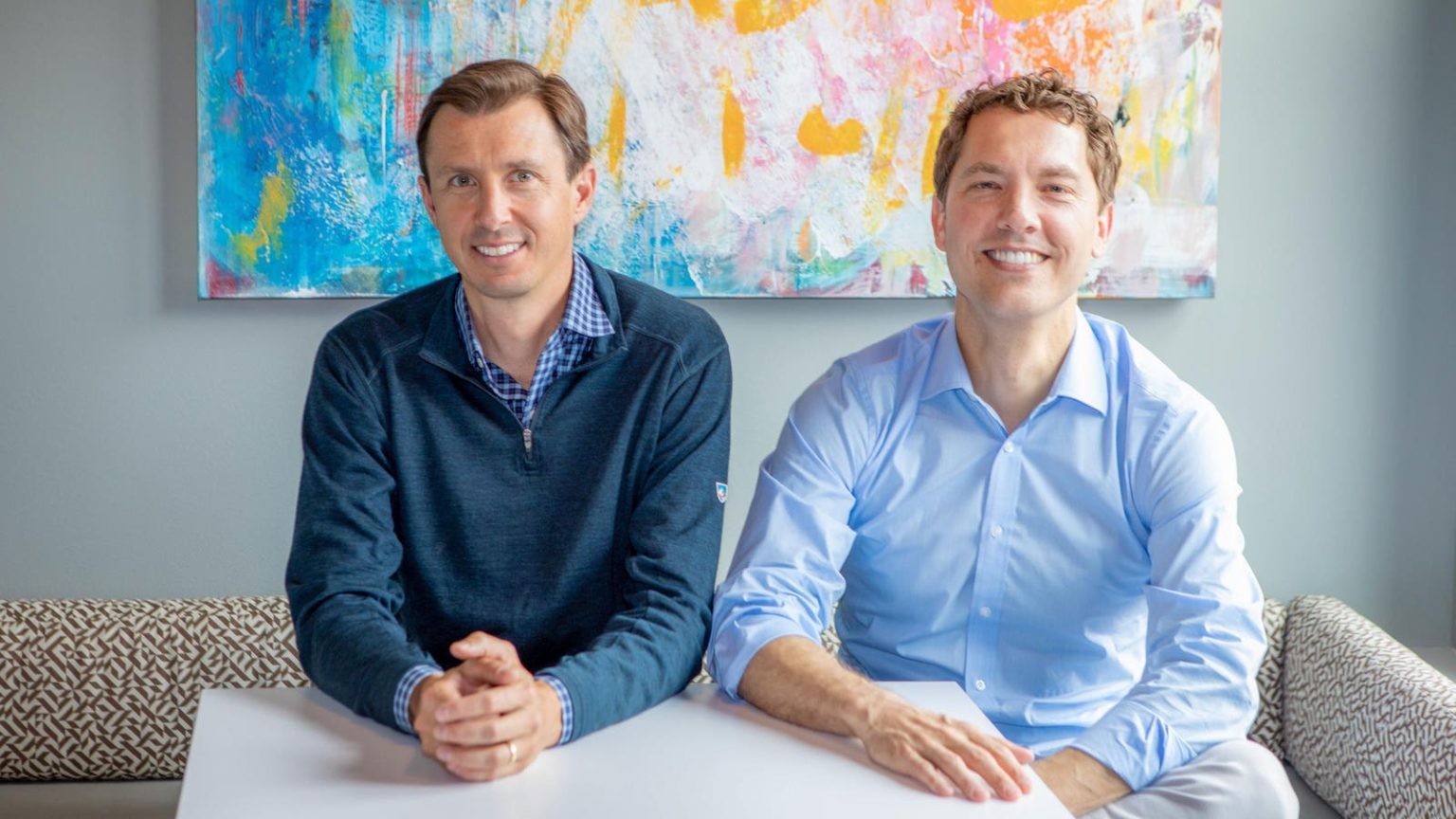Colorado-based VC Boulder Food Group (BFG) Partners, a notable backer of various food and beverage pioneers, including prebiotic soda Olipop and cauliflower pizza crust maker Caulipower, has started investing out of its third fund.
The firm says it’ll continue focusing on healthy and sustainable consumer brands from seed to series B with core check sizes varying between $3 million and $5 million. BFG has achieved 70% of its $125 million target so far for its new fund. Its previous two funds were $54 million and $108 million, respectively.
“We’re fortunate to have the opportunity to continue to support the health and wellness ecosystem with Fund III,” BFG’s founder and Managing Partner, Tom Spier, said in a statement. “We know first-hand what a difference growth capital can make for young companies competing for market share, and we’re honored to share our learnings from the past decade with the founders that we partner with in the future.”
Identifying Category First Movers
Since its launch in 2014, BFG has amassed a portfolio of high-growth businesses, many of which are first movers in the market: Olipop for example, which accounts for over 60% of today’s gut health-focused soda market in the U.S. [Nielsen data], was BFG’s first investment in its second fund; Caulipower makes up more than half of the cauliflower pizza crust category in U.S. grocery stores, Forbes previously reported.
Aside from gauging profitability and consumer impact, many of these investment decisions were made after building long-term relationships with the founder, noted Dayton Miller, BFG’s other managing partner, while recalling how the firm turned down Obi, a probiotic soda company Ben Goodwin and David Lester started and sold within three years before launching Olipop.
“We actually passed on Obi, but really the lesson is it’s a long game and relationships matter,” Miller told me. “So 18 months later when Olipop was launching, it was a lot more comfortable for us to go early into their business when they had less than a hundred grand of revenue.”
“You never know how fast the consumer market is evolving, but we always had the belief that Americans need more fiber and less sugar,” Miller added. “Awareness is a big driver of trial and repeat purchases. and we’ve seen that in other categories too, such as Chameleon Cold Brew Coffee (acquired by Nestlé, then sold to Systm Foods) in the early days.”
The same investment thesis is also applied for BFG’s other portfolio brands, from Mid-Day Squares, Bobo’s to Athletic Greens and 4th & Heart Ghee, which together has helped the fund achieve an IRR of over 30%, according to Miller.
In fund III, BFG plans to broaden investing areas into personal care, while staying committed to businesses that deliver strong profitability and capital efficiency. “There’s no one-size-fits-all playbook forever,” said Miller, “we have to break it down by each opportunity set relative to the competition in that sector.”
Secondary Market Heats Up
While declining to comment on potential exits in the pipeline, BFG notes how the secondary market, where shareholders cash out of their illiquid shares with outside investors, is heating up. This could become a new path to liquidity for CPG-focused funds moving forward.
“When we launched Fund I, there were only three primary paths to exit: financial buyers, strategic buyers, and IPO,” Spier said. Secondary markets have now matured with consumer businesses scaling up significantly over the years. A key contributing factor is the recent slowdown in IPOs: S&P Global showed the cumulative worth of the securities sold through U.S. IPOs in 2023 was $15.76 billion, down from $20.91 billion in 2022 and well below $286.86 billion in 2021.
“It’s a result of the private markets being around longer and venture/PE becoming a more understood and accepted asset class. Naturally, when that happens, markets become more efficient and more buyers/sellers emerge and meet,” Miller explained in an email. “Companies are also staying private for longer across all sectors (lots of reasons, including covid, reporting flexibility, etc.), so it’s natural that a secondary market would see more interest.”
Miller added: “ Over the long run, the system works best if it works for all stakeholders – brands, investors, employees, etc. A healthy and active secondary market will hopefully show that liquidity can be found in other ways besides going public or selling the entire business.”
Read the full article here





